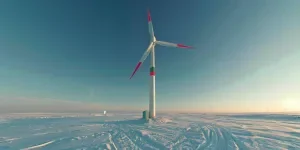From a small windmill on a rooftop to massive wind turbines on wind farms, the age-old windmilling technology can be seen as the greatest hope and innovation in green energy, and it’s growing at an impressive pace around the globe today. To learn more about the intricacies of windmilling, how it works, pits it against other renewable energy technologies, its social factors, installation processes, and future potential, you’re at the right place today. We’ve laid out a thorough guide on windmilling technology and its role in powering humanity’s journey into a sustainable future through the innovative use of the winds.
Table of Contents:
– Understanding windmilling and its role in renewable energy
– Technological advancements in windmilling
– The environmental impact of windmilling
– How to install a windmill for energy production
– The future of windmilling in renewable energy
Understanding windmilling and its role in renewable energy

Windmilling (energy windmill) converts kinetic energy, which is nearby energy created by movement in the wind, to electrical energy. This description explains how we can use wind energy in a way that is green and does not harm the planet. Unlike fossil fuels, which are limited, wind is a clean, everlasting energy source. The following text illustrates how windmilling works, examines the physics of wind energy conversion, and discusses the importance of windmilling in the world’s energy supply.
Wind turbines are the engines of windmilling. By turning, the blades of wind turbines make use of the wind energy to spin a generator in the turbine. The energy from the generator can then be converted into electrical energy through an external machine. Thanks to advancements in technology, the conversion process has become much more efficient in recent times, which means that windmilling can now become a significant solution for large-scale energy production.
Wind energy is a source of clean and renewable energy, and windmilling is the process of integrating this power into the electric power grid. Wind energy has many advantages for our world. First of all, windmilling is a very clean form of energy, and it has virtually unlimited resources. Furthermore, it greatly reduces the amount of greenhouse gases that are released into our planet, combating the effects of the change in climate.
As time goes by, more and more countries are looking for a means of providing energy for their citizens that is more environmentally friendly. Windmilling has become an essential part of the renewable energy policy of many different countries in the world.
Technological advancements in windmilling
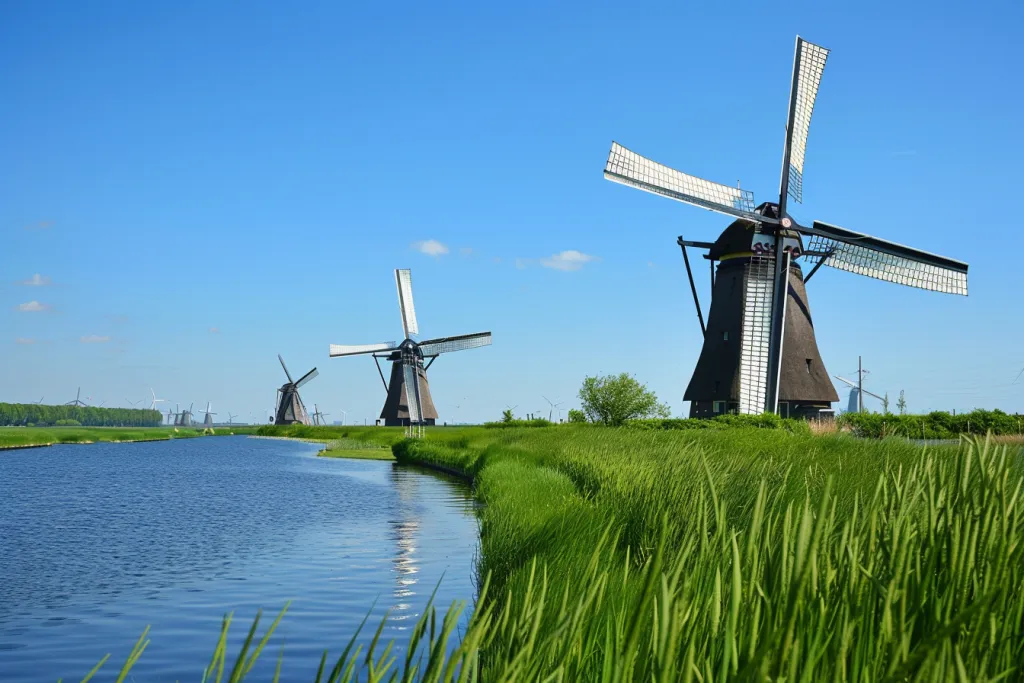
The world of windmilling has been effectively transformed into a sector of highly innovative technological development: from new blade designs to larger windmills and further to offshore wind farms the field keeps widening its efficiency, applicability and reliability, making wind energy accessible and economically viable like never before.
One is in the field of materials science, thanks to stronger, lighter new materials that provide space for larger blades that can capture more wind with each rotation. That, and other improvements, are resulting in higher output from single turbines, which is bringing down the cost of generating electricity from wind farms to levels that are competitive with dirty and dangerous fossil-fuel energy sources.
Furthermore, the use of smart technology in windmilling has led to more intelligent turbines that can measure and respond to changing wind conditions in real-time. Blade pitch angle and yaw can be used to adjust to the varied wind conditions to maximise energy capture.
The environmental impact of windmilling
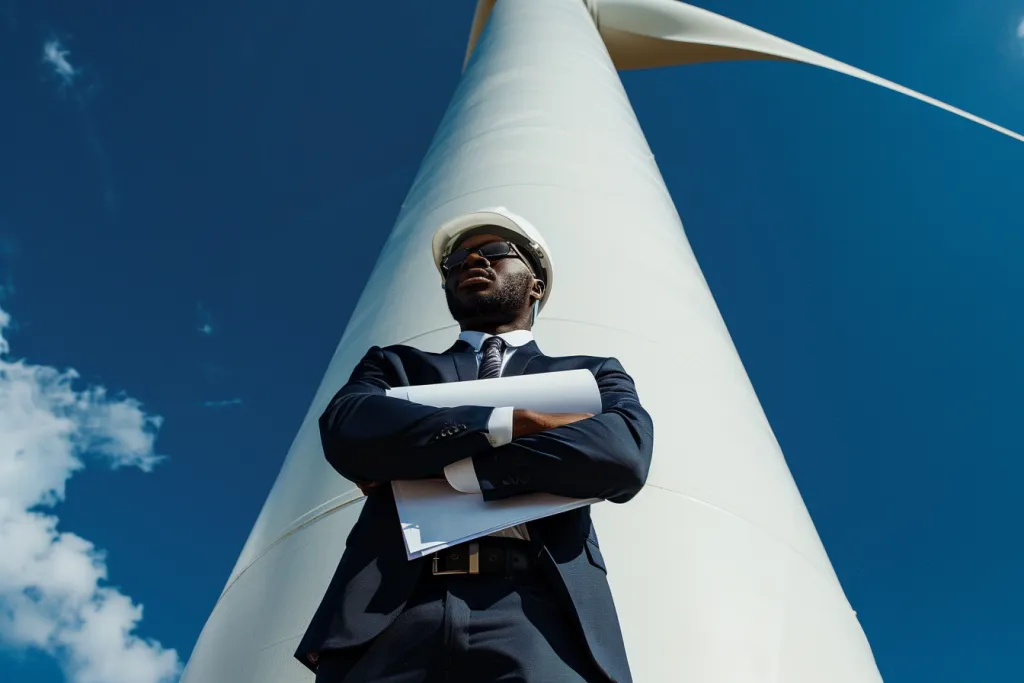
Windmilling is praised for the minimal footprint it leaves on the environment – compared with other alternative power sources – and this part of the piece explores the ecological advantages of wind power, from the mitigation of emissions to the conservation of water and biodiversity.
Wind energy production is a clean power source, because it does not emit any greenhouse gases or pollutants, as is the case with fossil fuels, so wind energy helps to reduce the overall contribution to global carbon emissions. Also, windmilling doesn’t require any water for its operation, unlike nuclear and coal-fired power plants do.
But there are challenges associated with windmilling: the potential impacts on bird and bat populations, and the visual impacts on the natural environment. These issues are being actively addressed by choosing appropriate sites for windfarms, and by technological developments and ongoing research into the behaviour of wildlife.
How to install a windmill for energy production
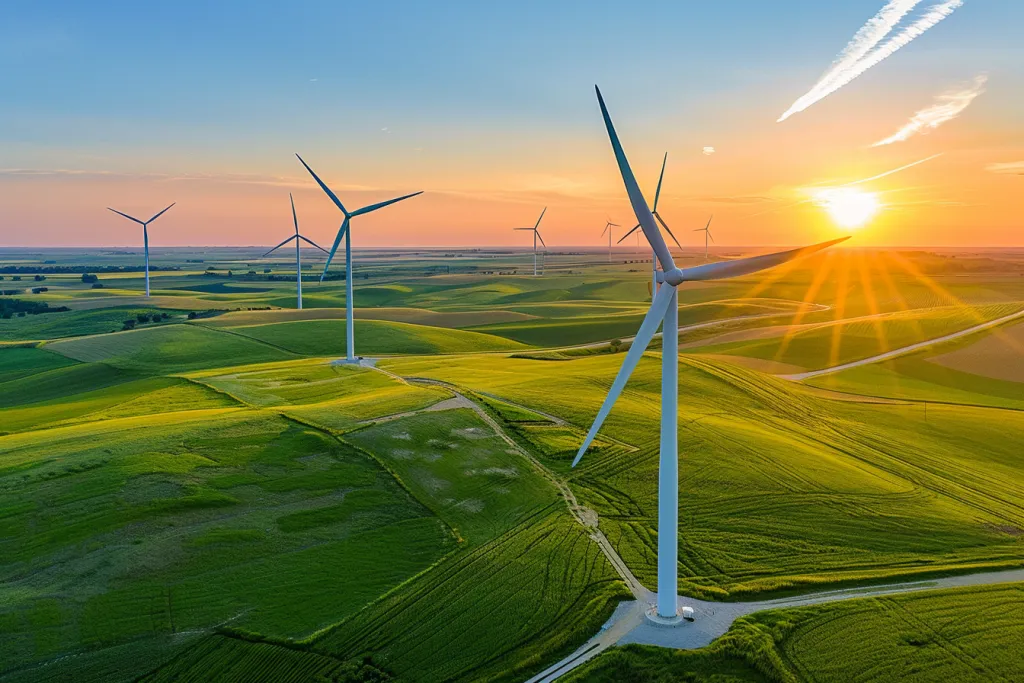
Installing a windmill to create energy is a long term process which requires serious planning and considerations on several parameters including location, wind speed, local legislations and many others. I will provide you, in this section, step by step with the whole process of installing a windmill starting with assessing the site, to maintenance.
The first step in constructing a windmill is a thorough site assessment to see if the wind resource is strong enough to warrant a wind energy project. It is important to consider the average wind speed at different heights, the level of turbulence, and the obstruction by trees and buildings around the area.
Once the site is deemed a good fit, securing permits and approvals is the next order of business, including local zoning ordinances, environmental regulations, and grid connection requirements. Professional installation crews can help to expedite the process.
The future of windmilling in renewable energy
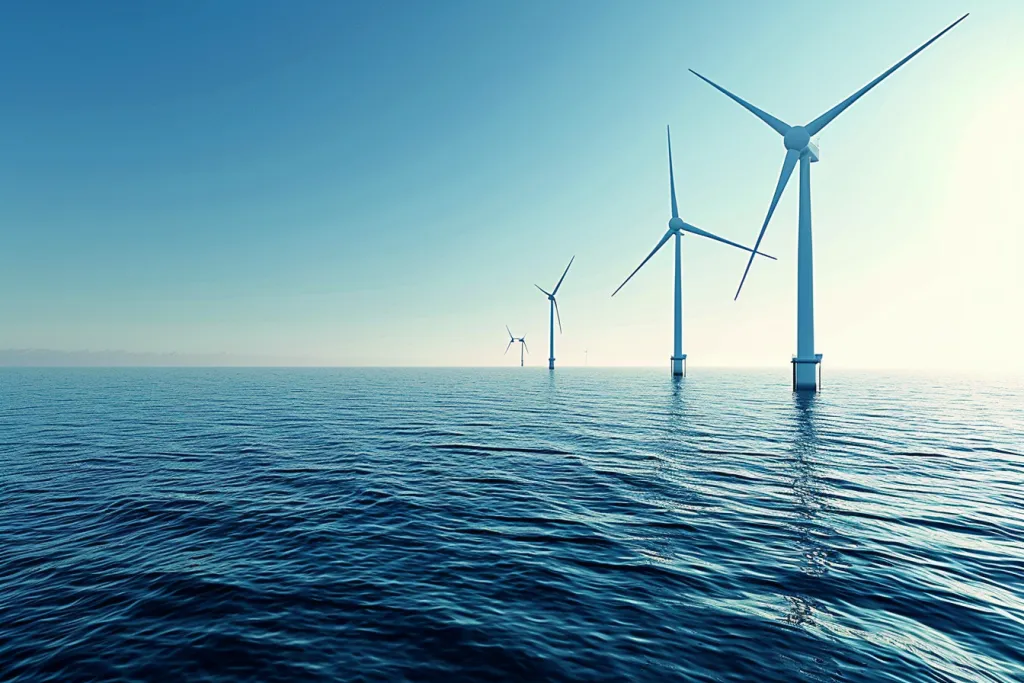
The challenges notwithstanding, the prospects for windmilling in renewable energy remains bright, with the industry poised to benefit from a wave of innovation and growing global investment. This section examines several emerging trends in the wind energy sector, including the rise of offshore wind, the promise of floating turbines, and the prospects for windmilling in smart grids.
This is particularly true for offshore wind farms, which constitute an important growth avenue for windmilling that benefits from higher wind speeds and fewer visibility issues compared with onshore wind farms, while at the same time floating offshore wind turbines could expand the geographical potential of wind energy technologies to deep-water areas that were previously considered unsuitable for windmilling.
In turn, wind energy will be a major part of the evolution of smart grids. Smart grids use sophisticated power electronics to manage energy supply and demand, creating the conditions for renewable energy sources such as wind to be optimally integrated and produce maximum benefits to the grid and society.
Conclusion:
Windmilling is the engine of the renewable energy transition and will provide humanity with clean, sustainable and increasingly affordable energy for decades to come. Continued technical, environmental and logistical progress will make wind a key component of a safer future for the planet and its inhabitants.
